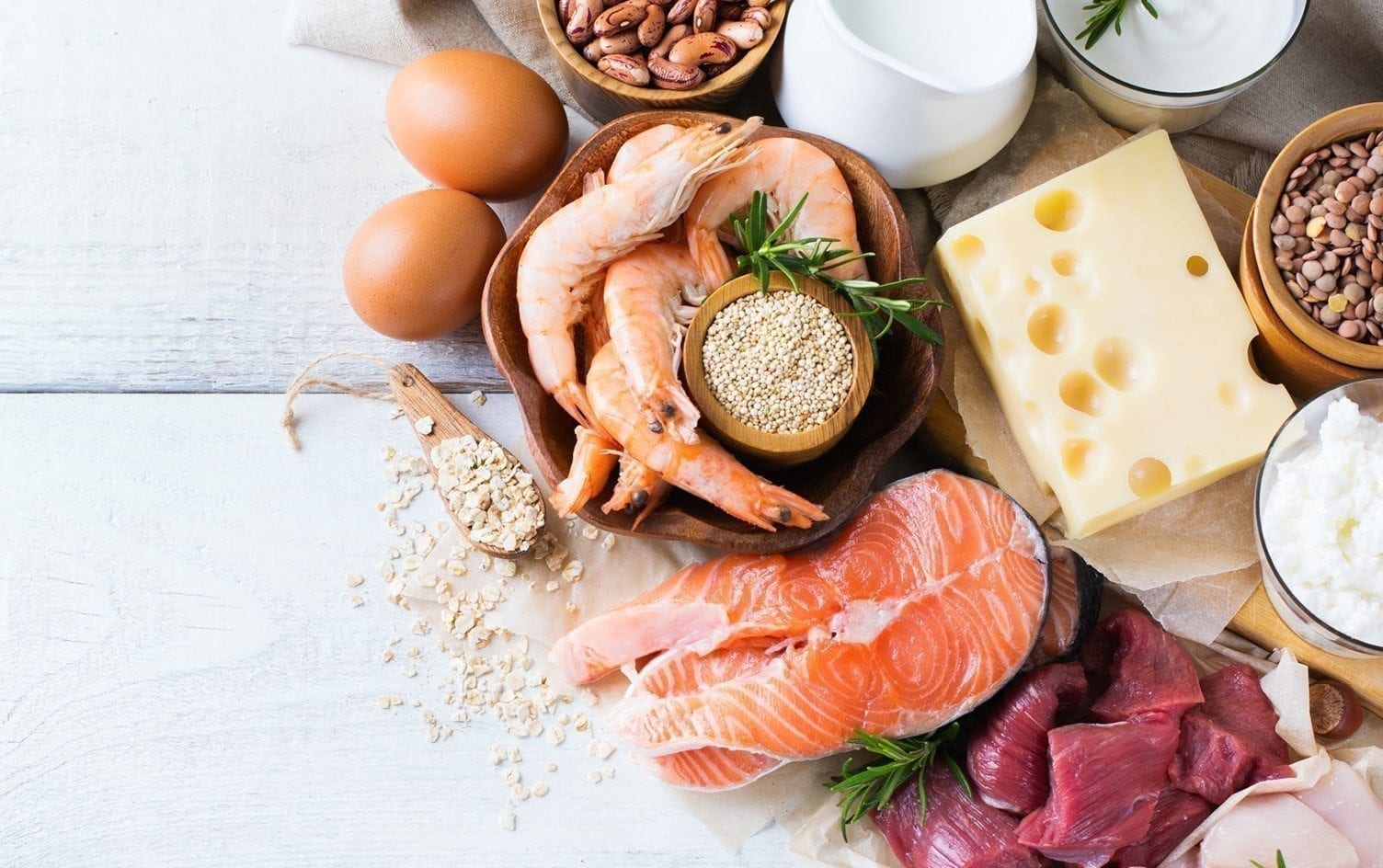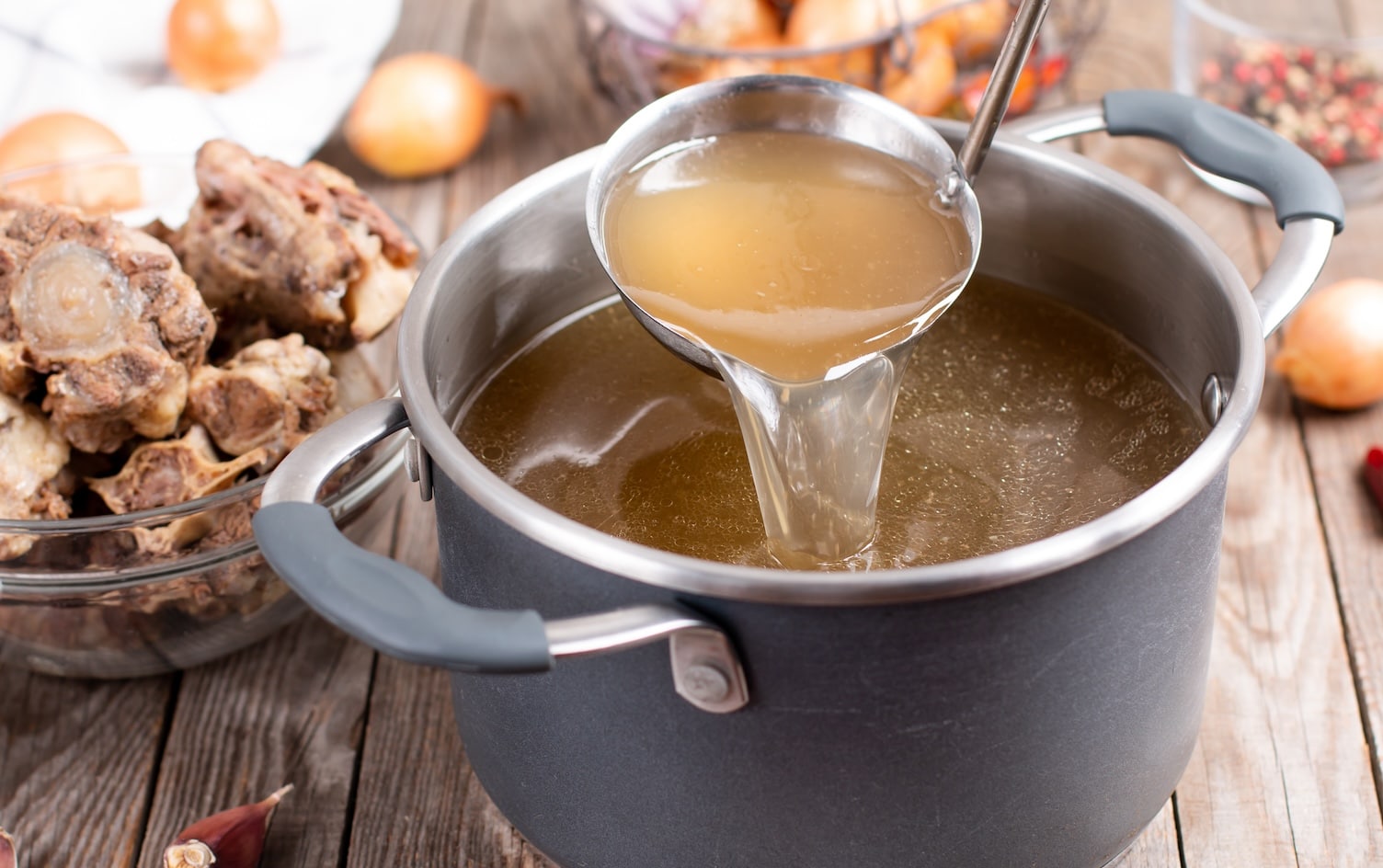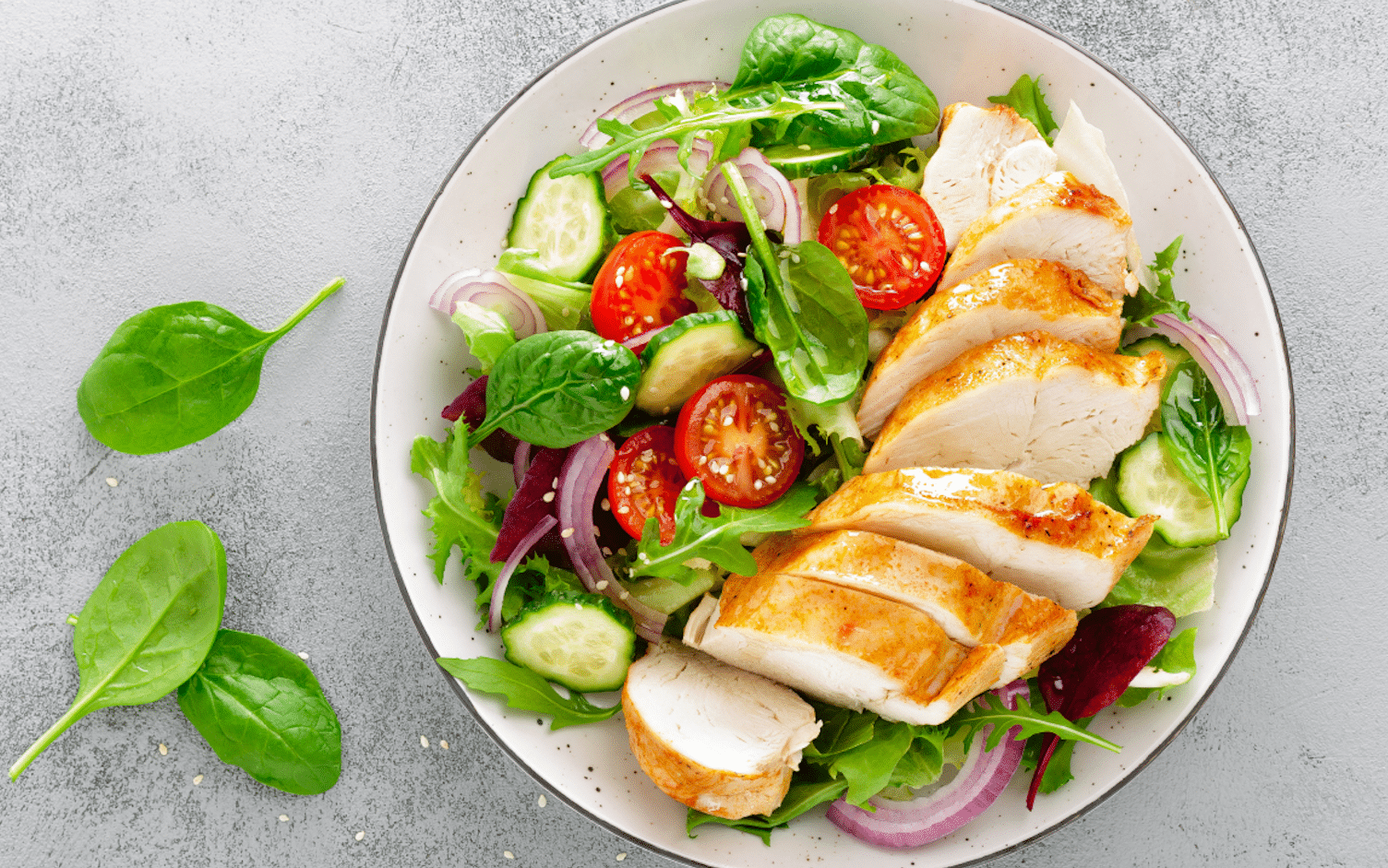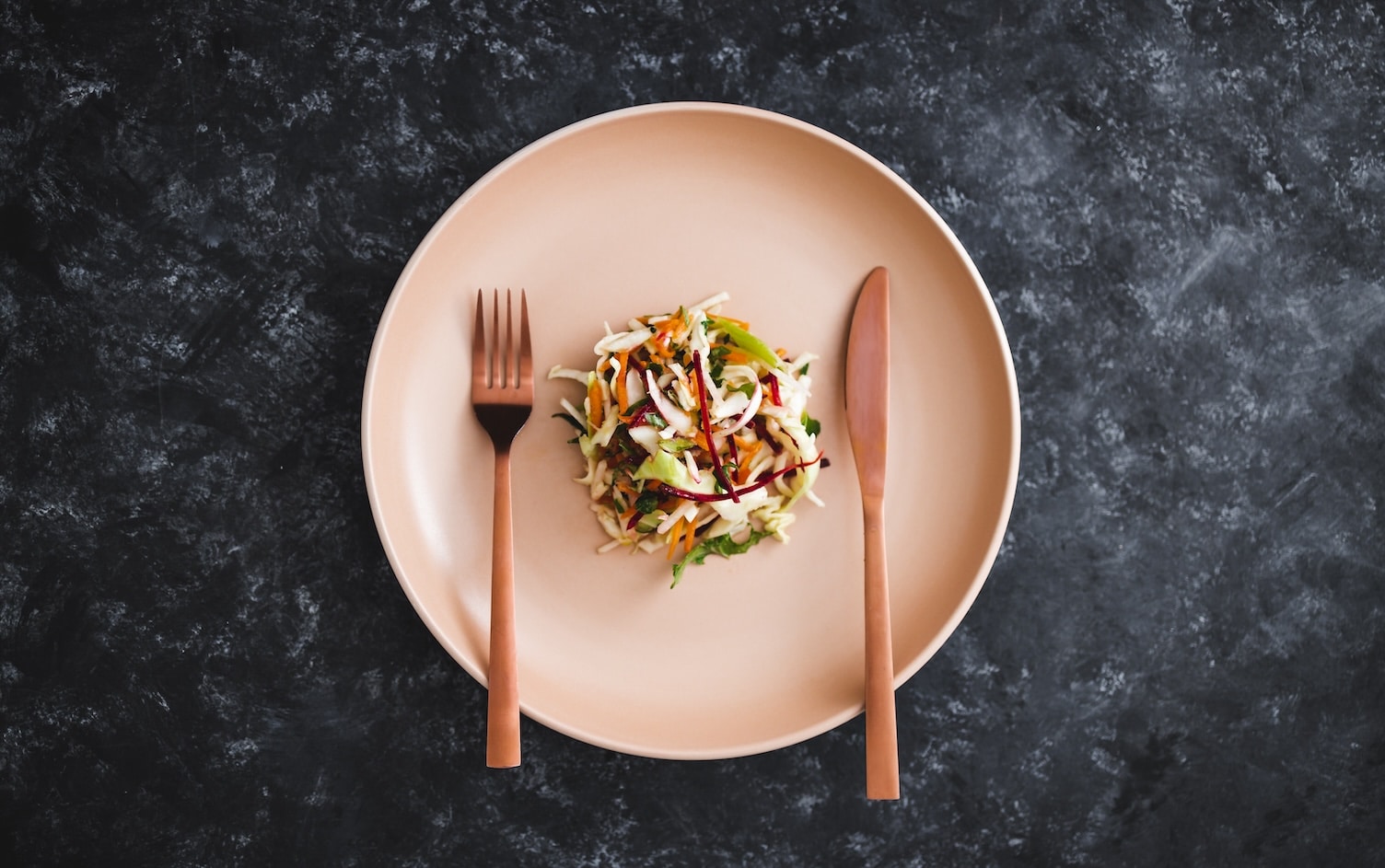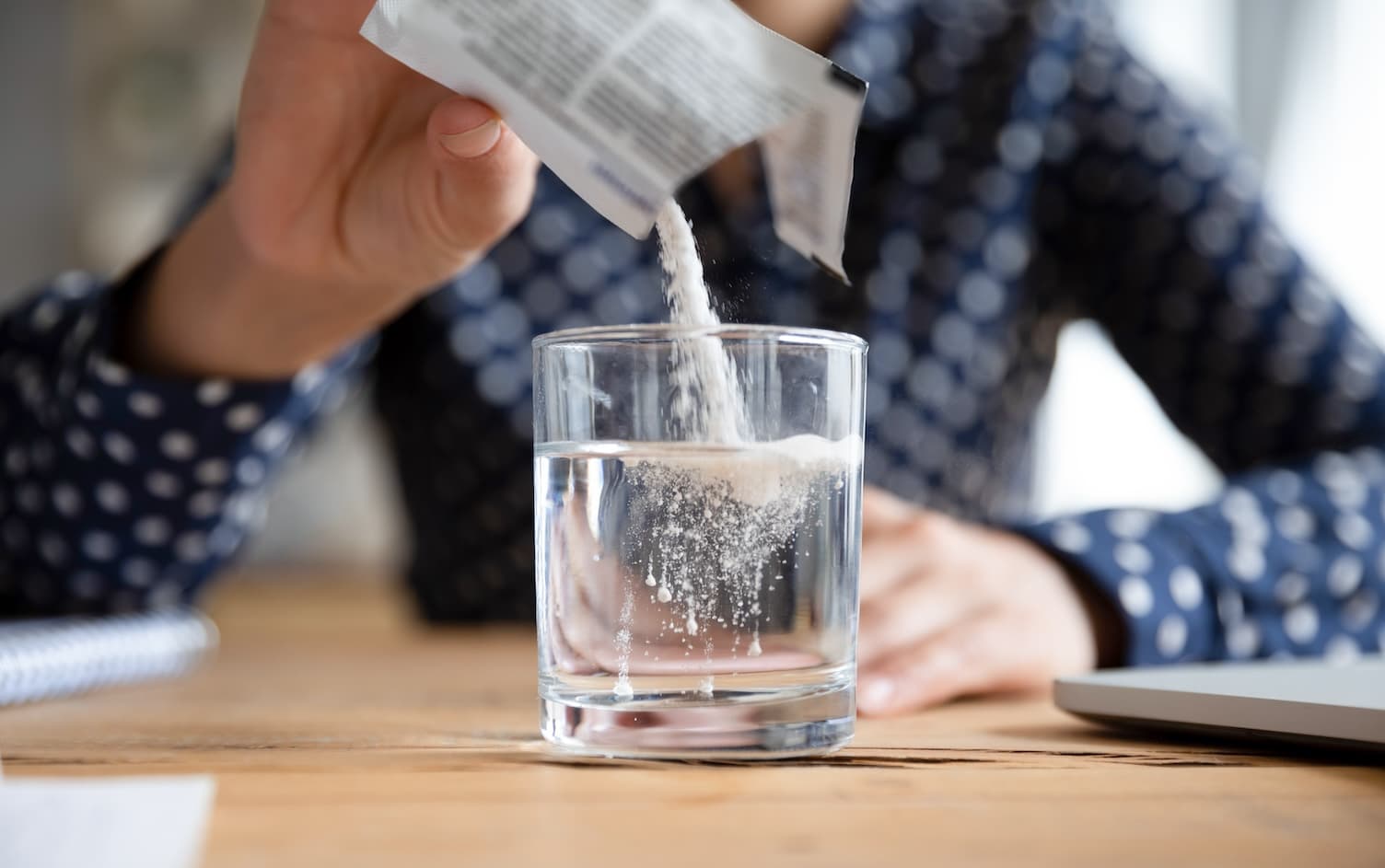Protein. It’s a word often associated with muscle-building and weight loss, but its importance goes far beyond that.
In this comprehensive guide, we’ll dive deep into the world of protein, exploring its role in the body, its impact on weight management, and the best sources to meet your daily needs.
Get ready to unlock the power of protein and discover how it can optimize your health and well-being.
What Is Protein?
Protein is one of the essential macronutrients, alongside carbohydrates and fats. It plays a vital role in the growth, repair, and maintenance of tissues throughout the body. From building strong muscles to supporting immune function, protein is truly the building block of life.
How Does Protein Work in the Human Body?
Just like a LEGO set, our bodies use protein to build and fix things.
Imagine if you have a LEGO tower and a couple of blocks get lost or broken. You’d need new LEGO blocks to fix it, right? That’s what protein does in our bodies. It helps repair our muscles and tissues if they get damaged.
But protein doesn’t stop at just fixing. It’s also like the workers inside our bodies, carrying out important jobs. They act like:
- Chefs (enzymes): To help cook up all the chemical reactions happening inside us.
- Mail carriers (hormones): Delivering messages between different parts of our body. Protein even works as our body’s security guards (antibodies)!
- Security guards: Helping to protect our body from harmful intruders like viruses or bacteria.
So, protein is super important to keep our bodies working well and staying healthy.
Just like we need different LEGO blocks to build different things, we need protein to help our bodies function properly.
How Can Protein Contribute to Weight Loss and Management?
Protein’s role in weight loss and management is often overlooked, but it’s an essential component of a balanced diet. Here are some reasons why:
- It has a higher thermic effect. Proteins have a higher thermic effect than fats and carbohydrates. This means that your body burns more calories when digesting, absorbing, and distributing nutrients from protein.
- It helps control appetite. Proteins enhance the feeling of satiety or fullness. This can help reduce hunger cravings and, in turn, control total calorie intake.
- It preserves muscle mass. During weight loss, eating foods high in protein can help keep your muscles healthy. This is important because having more muscle helps you burn more calories, which can help you maintain a higher metabolic rate.
- It uses more energy. Proteins require more energy to break down than other nutrients, so your body burns more calories when digesting proteins.
- It regulates blood sugar. Proteins have less impact on blood sugar levels compared to other food groups like refined carbohydrates. On top of that, when carbohydrates are eaten with protein, the protein prevents drastic spikes in blood sugar, helping to maintain energy levels and prevent cravings.
In summary, protein breaks down more slowly than carbohydrates so it requires more energy (and burns more calories!). It also controls blood sugar levels and helps with satiation, curbing cravings and reducing overall calorie intake.
Looking for nutritional guidance on your weightloss journey? Download the MyFitnessPal app — or get a 30-day trial of MyFitnessPal Premium for FREE.
What Are Different Types of Protein?
Protein comes in various forms:
- Animal-based proteins: meat, dairy, and eggs are complete proteins containing all essential amino acids.
- Plant-based proteins: legumes, grains, nuts, and seeds offer a rich array of nutrients and can be combined to create complete protein profiles.
- Protein supplements: whey, casein, and plant-based powders provide convenience and a quick way to increase protein intake.
“The notion of one type of protein being universally superior to others is somewhat misleading,” explains MyFitnessPal dietitian Emily Sullivan. “The ‘best’ protein for an individual can depend on their dietary preferences, health goals, and any allergies or intolerances they might have.
For example, animal-based proteins are often praised for their complete amino acid profiles and bioavailability. However, they may also come with high levels of saturated fats.
Plant-based proteins, while lower in certain essential amino acids, are rich in fiber and other nutrients. They can contribute to a well-rounded diet and are an excellent choice for vegetarians, vegans, or those looking to reduce their meat intake.
And protein supplements can be beneficial for those needing to increase their protein intake conveniently, but they should not replace whole food sources of protein in one’s diet.”
Ultimately, a diverse diet that incorporates a variety of protein sources is generally the best approach for optimal health and nutrition.
How Much Protein Should You Eat?
The recommended daily protein intake varies based on factors such as age, activity level, and goals.
For the average person, it’s suggested to eat 0.64-0.91 grams of protein for every pound you weigh. To calculate your own, just multiply your weight by 0.64 for the lower end of the range and 0.91 for the upper end of the range.
For example, someone who weighs 150 pounds should aim for approximately 95-136 grams of protein each day.
If you’re an athlete or engage in intense exercise, though, you likely need amounts towards the higher end of this range.
It’s super easy — and free! — to track protein in the MyFitnessPal app. Download MyFitnessPal today or trial MyFitnessPal Premium for 30 days.

What’s the Best Time of Day to Prioritize Protein?
It’s important to spread out your protein intake evenly throughout the day to make the most of muscle protein synthesis. Here are some tips to help:
- Include a source of protein in every meal and snack.
- Opt for protein-rich foods such as lean meats, poultry, fish, eggs, dairy products, legumes, and tofu.
- Divide your total daily protein requirement into multiple smaller meals.
- Use protein supplements or shakes if needed to meet your protein goals.
- Plan your meals and snacks to ensure balanced protein intake.
Implementing these practices can help you maximize muscle protein synthesis and support your weight loss goals.
What Does a Dietitian Eat to Get Enough Protein?
Here’s what MyFitnessPal ‘s Lead Dietitian Stephanie Nelson eats in a day to get enough protein:
- Breakfast: Whole-grain, high-protein pancakes topped with fresh blueberries and a side of scrambled eggs.
- Lunch: Tuna salad on whole wheat bread with lettuce and tomato, baby carrots with hummus, and a banana.
- Dinner: Sweet potato hash with onions, peppers, quinoa, ground turkey and black beans topped with greek yogurt, cilantro and pickled red onions.
What Are Easy Ways to Eat More Protein?
Boosting your protein intake doesn’t have to be challenging. Here are some simple strategies that can help you get more protein in your diet:
- Add protein-packed snacks. Opt for snacks that are high in protein such as Greek yogurt, cottage cheese, hard-boiled eggs, or a handful of nuts.
- Use protein-rich substitutes. Look for ways to substitute regular food items with protein-rich alternatives. For example, use quinoa instead of rice, or choose whole grain bread enriched with seeds.
- Incorporate lean meats. Include lean meats like chicken, turkey, or fish in your meals. These are excellent sources of high-quality protein.
- Mix protein into your meals. Add legumes, tofu, or tempeh to your salads, soups, or stir-fry dishes.
- Opt for a protein shake. Consider having a protein shake for breakfast or as a snack. They are a quick and convenient way to increase your protein intake.
- Don’t forget dairy. Dairy products such as milk, cheese, and yogurt are good sources of protein.
Remember, adding protein to your diet should be in balance with your overall nutritional needs. Always consider the other nutritional values of your food, and aim for a balanced and varied diet.
What Are Common Myths About Protein?
Myth: All proteins are the same.
Fact: Different protein sources have varying amino acid profiles and nutrient compositions.
Myth: More protein equals more muscle gain.
Fact: Consuming adequate protein is important, but exceeding your requirements won’t speed up or muscle growth or increase muscle mass.
Myth: Plant-based proteins are poor sources of protein.
Fact: Plant-based proteins can provide all the essential amino acids your body needs for good health. You can achieve this by combining different plant protein sources. So, even if you follow a vegetarian or vegan diet, you can still get all the nutrients you need!
Our Favorite High-Protein Recipes
For people who eat meat:
- Smoked Salmon Breakfast Bowl
- High-Protein Chicken Salad
- High-Protein Breakfast Quesadilla
- High-Protein Cajun Jambalaya
- High-Protein Shrimp Burrito Bowl
- High-Protein Slow Cooker Pork Carnitas
For everyone, including those who opt for a vegetarian diet:
- High-Protein Maple & Seed Porridge
- Peanut Butter Protein Cookies
- Protein-Packed Pancakes
- High-Protein Vegetarian Chili
Looking for more high protein recipes? Start the MyFitnessPal High-Protein Plan today.
Protein FAQs
- Can you get enough protein from a plant-based diet? Absolutely! With careful planning and a variety of plant-based protein sources, you can easily meet your protein needs.
- Is it possible to consume too much protein? While protein is essential, excessive intake may strain the kidneys and liver. It’s important to consume protein in moderation within the recommended guidelines.
- What about protein for vegetarians/vegans? Plant-based protein sources like legumes, tofu, tempeh, and seitan are excellent options for vegetarians and vegans. Combining different plant-based proteins ensures a complete amino acid profile. For example, combining beans and rice results in all nine essential amino acids (aka, protein building blocks).
- How does protein affect athletic performance? Protein plays a crucial role in muscle repair and growth after exercise. Athletes and active individuals may require higher protein intake to support their training and recovery needs.
The Bottom Line
Protein is really important for a healthy diet. It helps with managing weight, growing muscles, and overall well-being. To get the most out of protein, you need to know what it does, pick good sources, and include it in your meals. This will help you be healthy and reach your fitness goals. Remember, everyone’s protein needs are different, so it’s a good idea to talk to a doctor or dietitian for personalized advice.Other helpful articles:
Want to start your protein journey? Get the MyFitnessPal app now! It can help you keep track of how much protein you’re getting and help you discover more protein-packed recipes.
